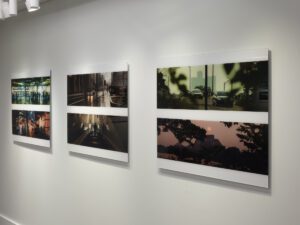Paul Dietrich Gallery: A Conversion with Coster Scott
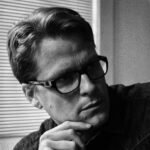 “The moment just before recognition holds a lot of energy and potential. My work often blurs the boundaries between disciplines and genres, and in some way my work might raise some questions. With a lot of art—cinema and music included—it’s not necessarily about gaining some special knowledge; rather, it’s more about sustaining a sense of wonderment.” – Alexander Coster Scott
“The moment just before recognition holds a lot of energy and potential. My work often blurs the boundaries between disciplines and genres, and in some way my work might raise some questions. With a lot of art—cinema and music included—it’s not necessarily about gaining some special knowledge; rather, it’s more about sustaining a sense of wonderment.” – Alexander Coster Scott
Tell us a little bit about yourself.
I was born 1965 in Washington, DC, and have lived in Massachusetts since 1980. In my teens, I decided to become an artist and began selling directly to old New York families and eventually through James Andrew, an interior designer who worked for Albert Hadley. After well-received shows of my painted work at the Institute of Contemporary Art in 1999 and a one-man show in Sweden soon after, I transitioned more exclusively to large-scale photography. My work over the last 24 years has seen quite a few patrons – notably Tyler Brûlé, who promoted my work in his publications. HP Hood/Catamount Management Corporation is also a standout. My recent photographs also fill Four Seasons One Dalton, a CambridgeSeven partnership project. The works were commissioned through art advisor Kate Chertavian with the support of Richard Friedman (Carpenter & Co.) and the late Henry Cobb.
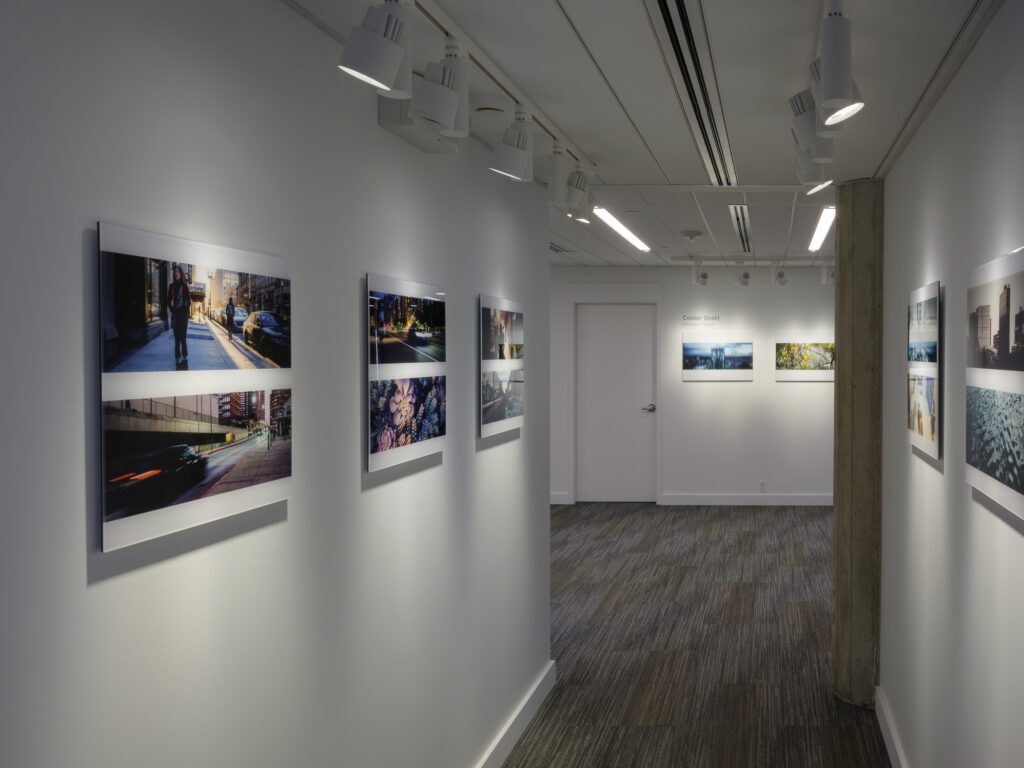
What type of artist do you consider yourself to be?
I don’t identify with any particular type of artist. My work often blurs the boundaries between disciplines and genres, making it hard to categorize.
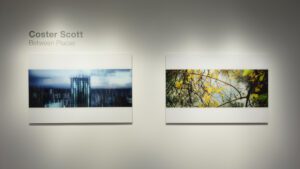
Are you formally trained as an artist?
I have a BA in art history from Boston University, where I studied under the brilliant Hellmut Wohl. This provided a crucial launching point for making art. I took art courses in Florence and Rome in the early 80s, as well as courses in oil painting through the Cleveland Institute of Art in the South of France, and at the School of the Museum of Fine Arts, Boston. As a teen, I had darkroom classes in photography and grew up surrounded by art and artists. My most useful “applied” education came more informally from exchanges with master artists like William Eggleston, the late William Christenberry, and the late Swiss artist Claude Saucy (who studied under Max Bill). I have a degree in Buddhist studies from the Sakya Institute, a school headed by the Tibetan Buddhist chaplain at Harvard; I include this because it deals with perception at a very fundamental level.
Is there an exhibition, book or image that you remember for the first time really responding to?
Growing up in DC in the 60s and 70s, I was exposed to so much stimulating art. Galleries like IM Pei’s East Building, the Hirshhorn, and the Corcoran, were weekly destinations. I’ve been told that I loved Calder and Rothko even before I could speak. In the late 80s, the great photographer William Eggleston and his eldest son visited my family in DC and they gifted us Eggleston’s book, The Democratic Forest. I treasure that book, now well worn. It was my first realization of photography as a means of deep exploration and a way of life.
If you could go back ten years, what advice would you give yourself?
Aside from the potential dangers of creating paradoxes and temporal complications, I doubt that my younger self would listen to any advice from my future self. One has to find one’s way in the now, however perfectly imperfect.
Tell us about your creative process.
For many creative people, there isn’t a distinction between life and process. That holds for me as well. That being said, I’m best when I’m semi-free from the ordinary anxieties of living – even if those same anxieties become my muses! The main thing is knowing what turns me on and allowing that to manifest in my art. In commissioned situations, I always do parallel bodies of work: something for myself and something for the client. This helps me cope with the pressures of meeting specific expectations. Clients often end up resonating with the work I created for myself!
Has your style changed over the years?
My style is constantly in flux. The temptation is to make something that is recognizably one’s work from across the room, and I see that many artists become siloed in a singular style. For me, style comes as an expression of content, and as such, it changes from moment to moment.
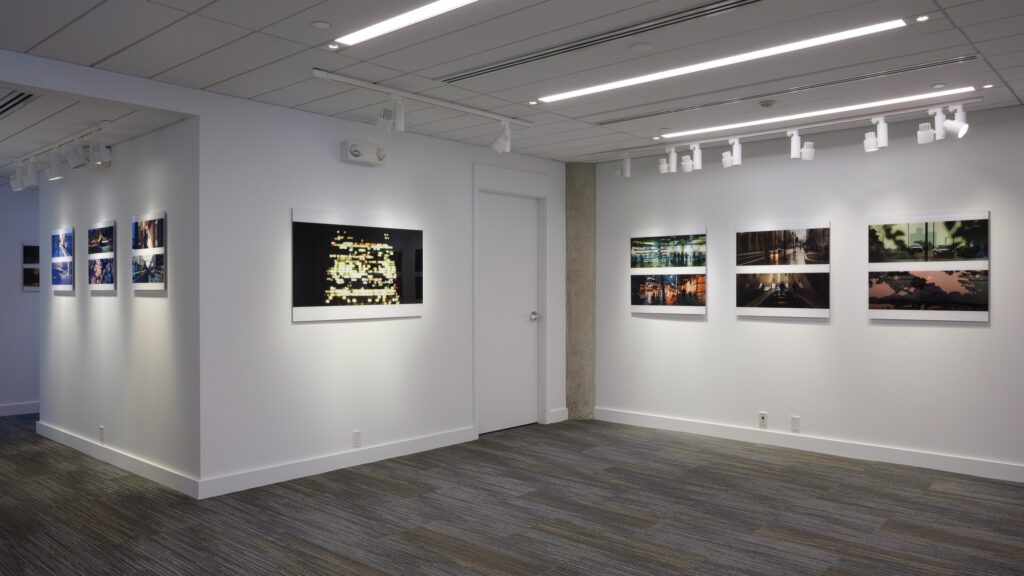
“Between Places” by Coster Scott is now on display at the Paul Dietrich Gallery through May 03, 2024.
